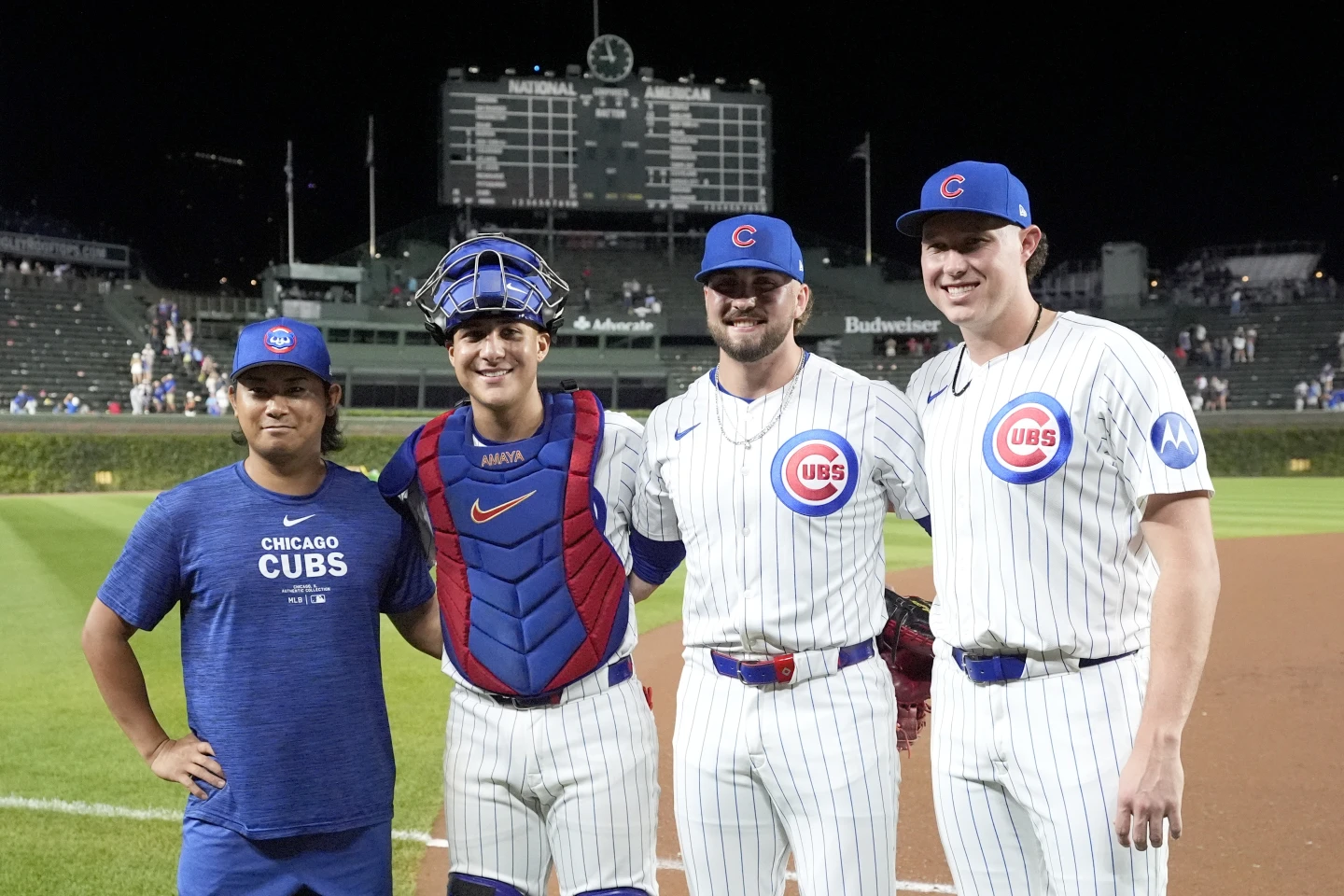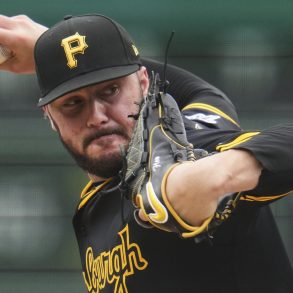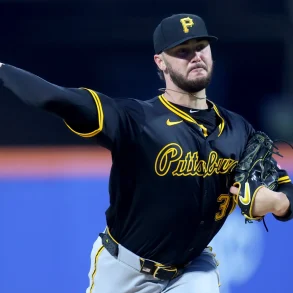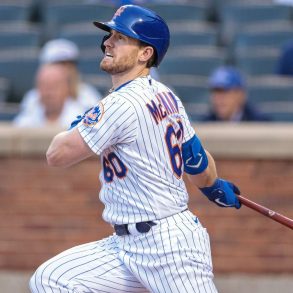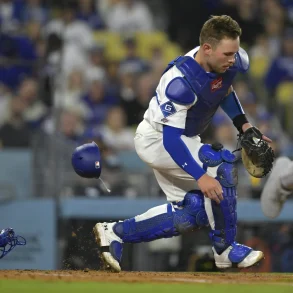For the second straight offseason, the Chicago Cubs have sent mixed signals to both their fans and the broader baseball community.
Last winter, they shocked the sport by firing David Ross and bringing in Craig Counsell from Milwaukee, making him the highest-paid manager ever. After this bold move, it seemed like the Cubs might go on a spending spree.
However, their offseason strategy turned out to be more cautious than expected. Although the Cubs made some smart moves—signing pitcher Shota Imanaga, acquiring first baseman Michael Busch from the Los Angeles Dodgers, and bringing back Cody Bellinger—they did not make the major roster addition many fans anticipated.
The 2024 season played out similarly to their conservative offseason approach. Despite a solid performance of 83 wins under Ross in 2023, the Cubs again finished with an 83-win season under their new $40 million manager, Counsell.
As this offseason began, the Cubs started off boldly with a major trade for Houston Astros right fielder Kyle Tucker. But just as fans were celebrating the addition of Tucker, the Cubs traded away Bellinger, along with most of his $52.5 million contract, to the New York Yankees.
Tucker is expected to earn around $16 million to $18 million in 2025 through arbitration, while Bellinger’s salary for next season was $27.5 million. “This is the Cubs’ version of going all-in,” one agent said sarcastically.
This all comes amid the Cubs’ failure to make the playoffs in a full season since 2018, and with the club exceeding the luxury tax threshold for the 2024 season. Additionally, president of baseball operations Jed Hoyer is entering the final year of his contract.
Here’s a look at how the Cubs find themselves stuck in the middle. Hoyer was asked about the idea of being all-in. “I always think that all-in is sort of a narrative,” he said. “You’re always doing moves for now and the future and trying to balance those.”
When Chicago acquired Tucker, it showed the team’s urgency to win in 2025. The Cubs traded three years of team control for third baseman Isaac Paredes, five years for pitcher Hayden Wesneski, and six years for prospect Cam Smith, all for just one guaranteed season of Tucker, who could become a free agent after 2025.
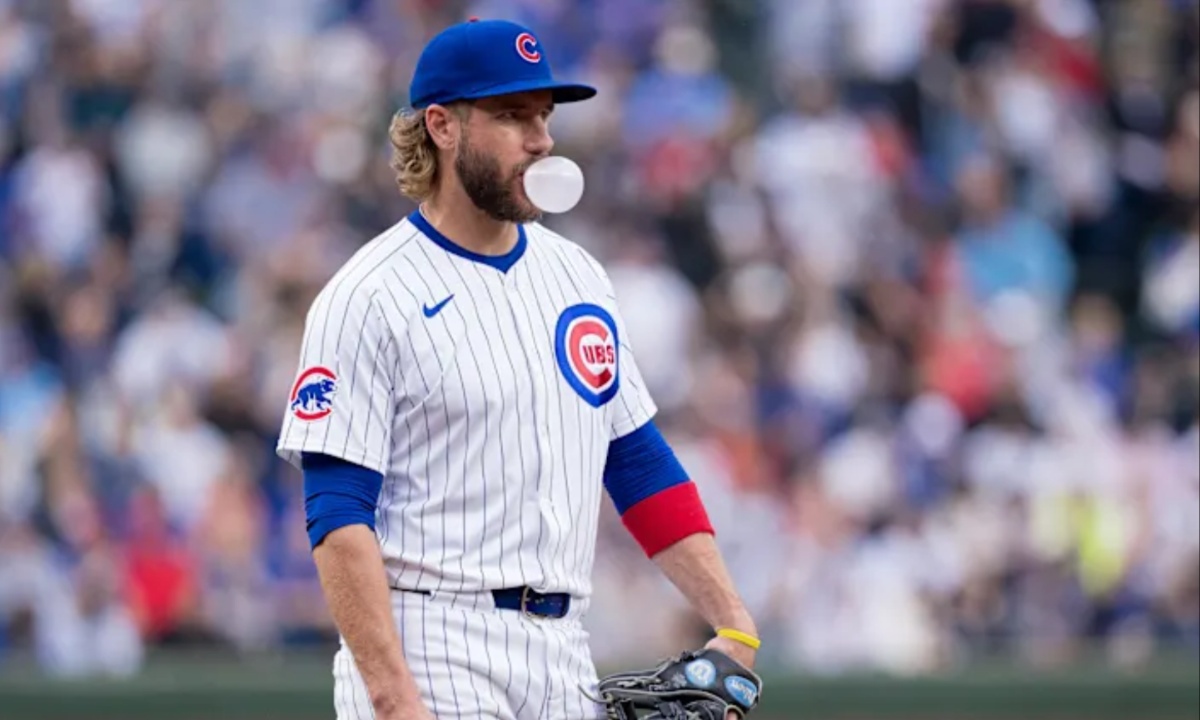
It was a bold move for the Cubs, one Hoyer admitted he wouldn’t have made during the team’s rebuilding years of 2021 and 2022. “To acquire a player like that, it comes at a real price. But it’s a price we’re willing to pay given the fact that’s something we felt all summer we lacked and wanted to bring to this team,” Hoyer said.
The trade gave the Cubs a strong lineup, featuring left-handed power from Tucker, Happ, Bellinger, Busch, and Pete Crow-Armstrong. However, the quick departure of Bellinger meant the team would need to rely on other players.
Despite the confusion over these moves, the front office has been clear about their strategy.
“Marginal value of a win,” general manager Carter Hawkins explained. “If you’re going from 85 to 87 wins, [it’s] really important. That might be the difference between making the playoffs and not making the playoffs. Going from 75 to 77, not that important. You’re unlikely to make the playoffs.”
After a disappointing first season under Counsell, the Cubs have replaced Bellinger with a better player in Tucker, added Matthew Boyd to the rotation to replace Kyle Hendricks, and are hopeful that these small upgrades will help them reach the playoffs in 2025.
A significant reason for the Cubs’ offseason focus on trades rather than big free agent signings is their reluctance to dive deep into the top end of the free agent market. They notably did not pursue top free agent Juan Soto.
“We organizationally decided not to pursue that one,” Hoyer said. “That doesn’t mean in the future we won’t. But that was one we didn’t.”
The Cubs also stayed away from pursuing top pitchers like Corbin Burnes and Max Fried, who signed with the Yankees.
Though the Cubs have some flexibility with their budget, it’s clear that they won’t be increasing their payroll significantly. Instead, they are likely to reallocate the savings from the Bellinger-Tucker swap to other areas of the team.
Some sources suggest they might even reduce their payroll in 2025, but ownership is always open to proposals from the front office, whether during the winter or summer trading periods. The Cubs believe they spend enough to win but also understand that their payroll isn’t enough to guarantee 90-win seasons.
“We have to beat projections,” Hoyer said at the start of the offseason. “We have to have players outperform … that’s how you have the season that we want to have.”
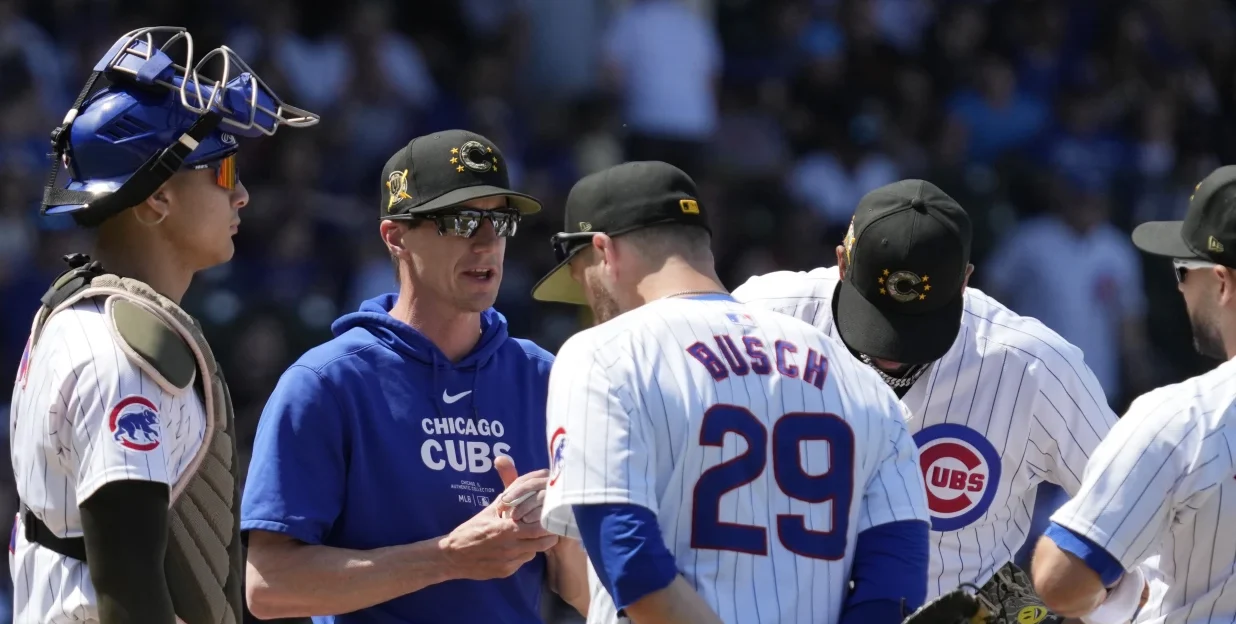
Despite being over the luxury tax threshold, the Cubs were one of three teams that missed the playoffs last season. In the past few years, Chicago hasn’t kept up with other big-market teams that routinely exceed the luxury tax limit.
Whether ownership will allow the front office to go over the threshold again in 2025, with stiffer penalties for a second consecutive offense, remains to be seen.
The addition of a new television network in 2020 hasn’t been as lucrative as the Cubs had hoped, and private equity investment has led to more stakeholders being involved. As a result, the financial bottom line is now under more scrutiny, with some observers predicting that the Cubs may not sign any megadeals for players before the next labor agreement is reached after the 2026 season.
This means that Tucker’s time at Wrigley Field may be short. After Soto’s $765 million deal set the market for star players, Tucker may be priced out of Chicago, and the chances of him re-signing before free agency seem slim.
“There is no point in speculating on that today as we sit here in December,” Hoyer said.
Tucker had a similar response when asked about his future with the Cubs. “I’m always open to talks and see where it leads. You never know what the future is going to hold. We’ll see how things progress.”
Making the playoffs in 2025 could help the Cubs keep Tucker on board, especially if he’s willing to accept a discount. If the Cubs fail to make the postseason, the organization might focus more on keeping Hoyer’s tenure under scrutiny.
Hoyer, however, isn’t concerned about his own job. “I don’t look at it that way,” he said. “I’ve been in the game for a long time. I’m confident in my abilities and my résumé. My job always is to be the best steward of the organization.”
“I try to make good decisions for the Ricketts family. Try to make sure I’m setting us up for a good future but I’m also setting us up for an exciting present.”



